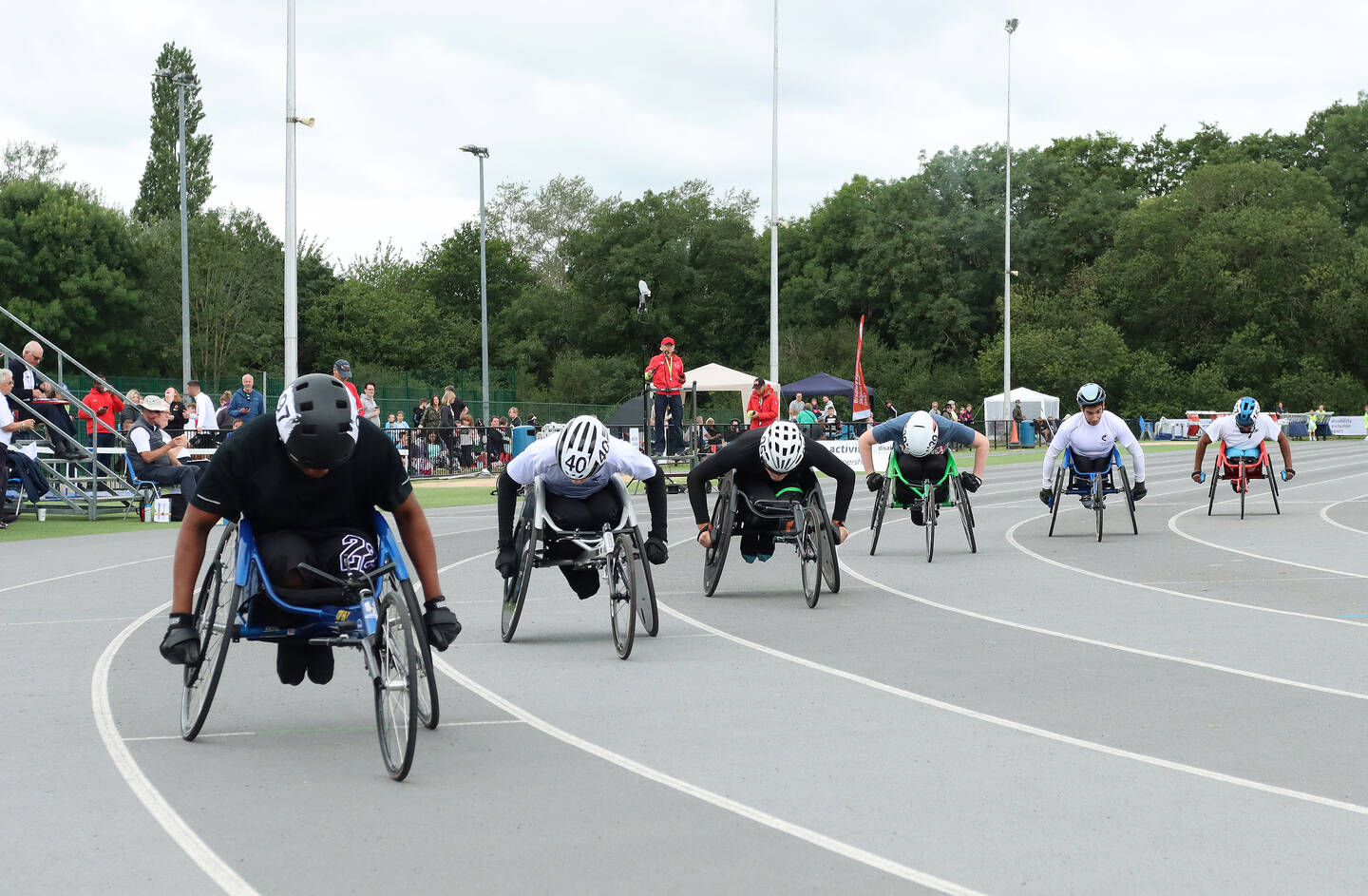Utilising Sport England’s Active Lives Online Tool
Sport England’s Active Lives online tool holds the latest data on the nation’s activity levels, here our Research and Insight team provide guidance on how best to use it.

Our Research and Insight team lead the way in knowledge and evidence-led insight on disabled people in sport and physical activity. They work alongside Sport England, National Governing Bodies of sport, the National Disability Sports Organisations, disability organisations and others.
Here, the team explains the importance and value of Sport England's Active Lives data and how you can use their online analysis tool to learn more about disabled people's habits, motivations and barriers when in comes to sport and activity.
Up to date and relevant information is crucial in leading an organisation’s work when it comes to engaging people in sport and physical activity. It can form the basis of strategies, programmes and campaigns.
Understanding how people’s experience of being active is affected by different demographic factors, and how accessible different types of activities are, is crucial for a fairer, and more inclusive, society to be active in. One publicly available resource is Sport England’s Active Lives online tool. It holds the latest data on the nation’s activity levels.
Click here to read our guide on how to use Sport England's Active Lives online tool
Being able to access that data can help organisations to gain a better understanding of individuals’ engagement in, and attitudes to, sport and physical activity within different areas. It allows you to create your own custom query using the Active Lives open datasets.
It currently contains Active Lives adult data from November 2015 to 2022 and children and young people data from November 2017 to 2022. The data measures the number of adults, children, and young people taking part in sport and leisure activities across England. Using the tool can help you gather evidence to support your work to reduce inequalities in sport and physical activity.
To highlight how effective the information held is, our research team looked at the data on participation in different types of sports and activities for disabled adults.
They saw that disabled people are less likely to take part in almost all sports and activities compared to non-disabled people. For the broad categories:
- Sporting activities: disabled people 19.1% vs non-disabled people 37.9%
- Fitness activities: disabled people 18.5% vs non-disabled people 30.1%
- Active travel: disabled people 26.3% vs non-disabled people 34.7%
The activities with the most improvement in participation since last year are swimming (3% increase), gym sessions (1.9% increase), and exercise machines (0.9% increase). The tool allows analysis by other demographic factors. Disabled people from lower socioeconomic groups, Black and Asian disabled people, and disabled women have the highest levels of inactivity (45.0%, 45.2%, 43,1%, and 42.1%).
How to use Sport England’s Active Lives online tool
We have produced a step-by-step guide to help you use Sport England's online insight tool and access Sport England's Active Lives data. Click here to download the step-by-step guide.
Access the Sport England's Active Lives online tool here.
If you would like more insight on disabled people in sport and activity, please contact our research team.
If you would like to build your own survey, Sport England’s question bank acts as a useful starting point where you can find standardised demographic and outcome questions.
If you have any questions about the Active Lives online tool, please email Sport England.